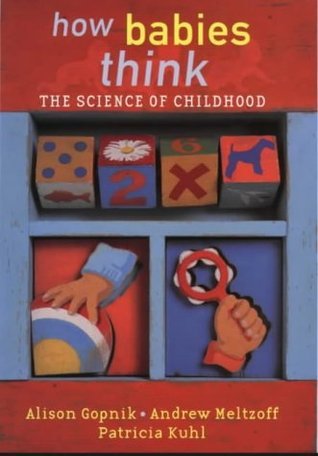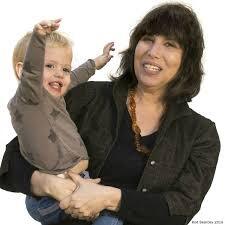What do you think?
Rate this book


320 pages, Hardcover
First published August 18, 1999

"In this book we tell the story of the new science of children’s minds. This story should be important to everyone who is interested in the mind and the brain. It’s a central part of the new discipline called cognitive science. Cognitive science has united psychology, philosophy, linguistics, computer science, and neuroscience. New scientific insights often come from unexpected and even humble places, and some of the most important insights in cognitive science have come from the crib and the nursery. Understanding children has led us to understand ourselves in a new way."